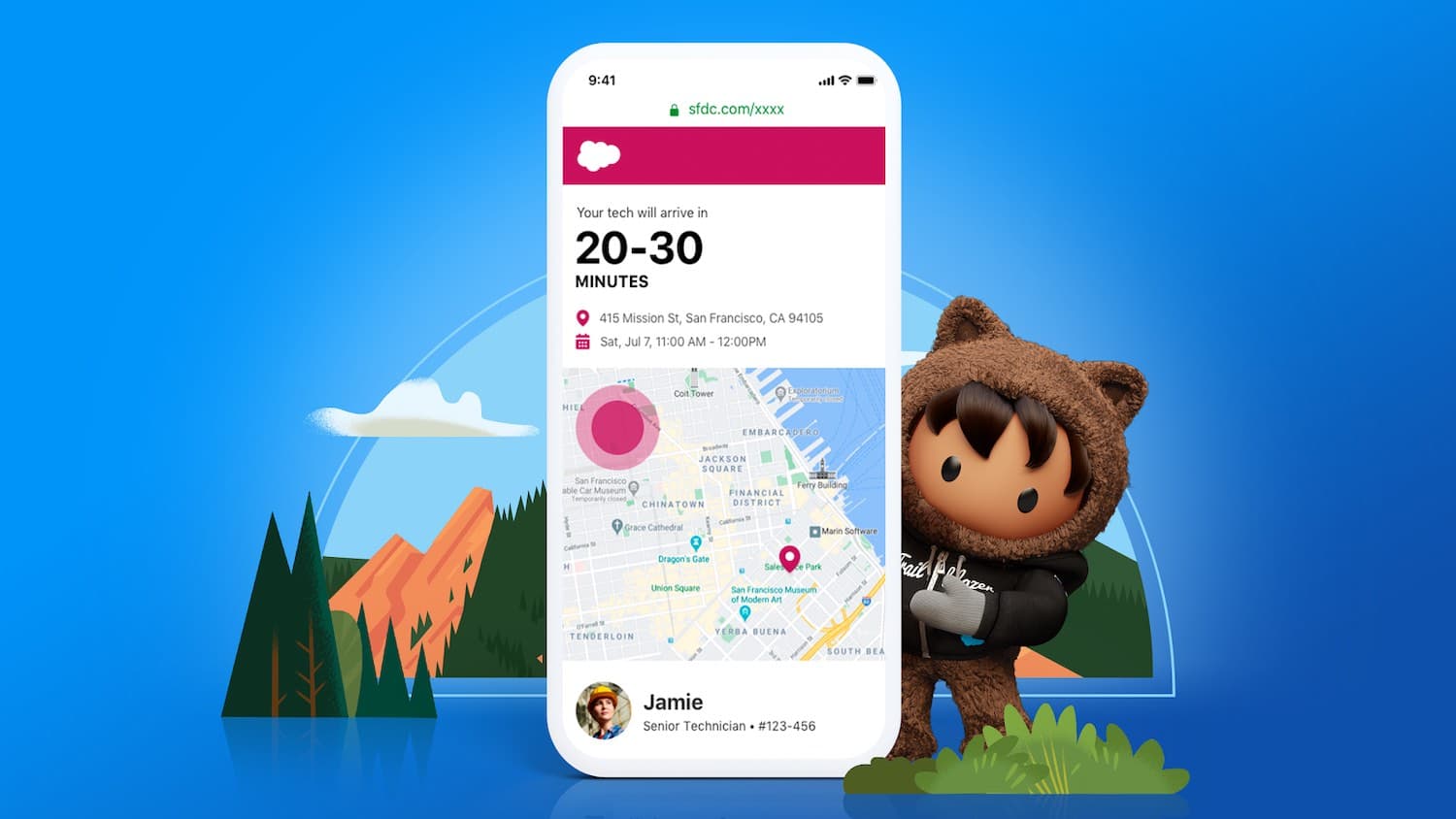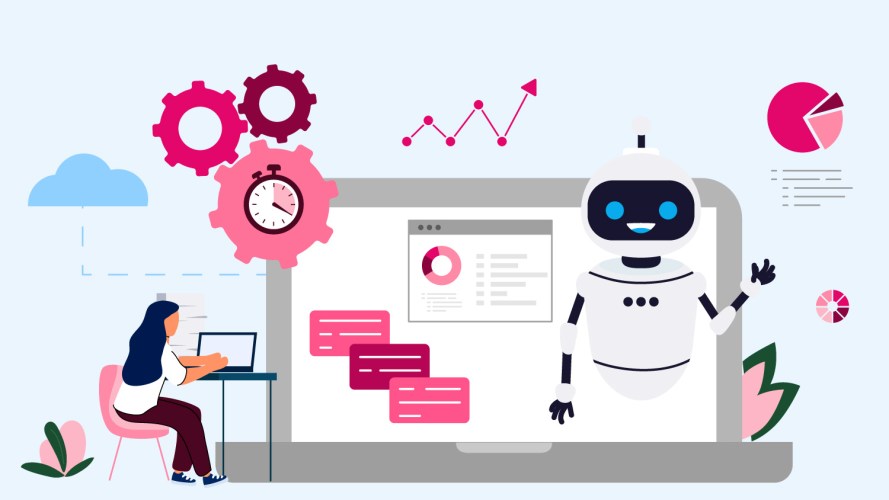How Real-Time Visibility Builds Trust Into Every Service Appointment



Are you looking at providing real-time appointment updates to your field service customers? Make sure you have the best practices in place first.

Kara Carreri
The appointment economy, a model for personalized customer experience by appointment, has been accelerated by COVID-19 social distancing. Over two-thirds of customers continue to look for service that comes to them.
Today’s customers crave convenience and connection more than ever before. Along with an appointment that fits their schedule, customers want to be personally connected throughout the service engagement. On the day of service, customers want to know who is going to help them, when they’re on their way, and what time they’re going to arrive.
The appointment economy is growing — and the right technology helps provide customers with the service experience they expect. To deliver a connected experience, it’s important to think about best practices to build trust, safety, and value into the solution for both your customers and your employees.
Start with research
With customer expectations at an all-time high and digital transformation happening so quickly, take the time to learn about the core needs of your customers and employees and the experience that a new technology provides. Do the necessary research to understand the intended and unintended consequences of the solution.
That’s what we did with Salesforce Appointment Assistant, which offers temporary live location tracking of a mobile worker while they’re en route to a service visit. With a simple click on their mobile device by the service technician, Appointment Assistant provides personalized messaging notifications on digital channels as they approach the customer’s location. To let customers know exactly who is coming to help them, Salesforce Appointment Assistant may include the technician’s name, photo, and their employer’s logo.
As part of our research, we talked to mobile workers about their privacy concerns and experiences with technician tracking technology. We incorporated our findings into Appointment Assistant, which supports transparency, flexibility, and choice for the mobile worker, while providing customers with the connected experience they expect.
We also identified five best practices to help you provide the same transparency to your mobile workers that Salesforce Appointment Assistant offers to build trust, safety, and value.
Best practice #1: Build trust through transparency
Be open with your mobile workers about your reasons for wanting to track their location and explain the benefits to both them and the customer. This helps build trust between you and your employees, which translates to a better overall customer experience and brand reputation.
One key benefit that Appointment Assistant offers to mobile workers is safety through hands-free communication with customers in real time. Appointment Assistant automatically transmits the field service technician’s status to customers — increasing transparency for the customer and letting the mobile worker keep their eyes on the road.
For customers, Appointment Assistant provides a connected and trusted experience. For example, I work full time and have busy days. I like knowing exactly when a service technician is on their way in real time just by glancing at my mobile device. This way, I can take the necessary steps to prepare for a safe visit and don’t waste my time. Having the technician’s name, picture, and employer logo personalizes my service experience and makes me feel more secure.
Best practice #2: Get technician consent to track location while en route to a job
Secure your employees’ written permission to have their location tracked so there are no misunderstandings between you. In some cases, consent may be a clause in an employment contract. It may also be a separate document that needs to be signed. In addition, take the time to verbally explain to your employees exactly what technician tracking means and make sure they fully understand it. Informed consent fosters trust.
Best practice #3: Let your mobile workers control technician tracking and access
Let your mobile workers choose whether or not to trigger technician tracking when they set out for a job and with whom they share their location. Our research showed most mobile workers are comfortable with sharing their location with customers and dispatchers. However, they didn’t always like sharing with team leads due to concerns about micromanagement.

Best practice #4: Support your mobile workers’ concerns about sharing their last name
Understand your mobile workers may not want to share their full name with customers. Help protect their privacy before, during, and after the service engagement by including their first name only. Our research found most mobile workers are comfortable with sharing their first name and picture. However, some expressed reservations about displaying their last name due to easy access to personal social media accounts.
Best practice #5: Share the results of customer experiences and more
Show the value of real-time visibility on the day of service with Key Performance Indicators (KPIs) on customer experiences, safety, and efficiency. Share Customer Satisfaction Scores (CSAT), safety metrics, time-to-site, and cost-savings. Data transparency helps to further build trust between you and your employees.
Set your sights on Salesforce Appointment Assistant
With 70% of customers who still prefer in-person service, the appointment economy will continue to grow. Along with best practices, Salesforce Appointment Assistant can help your organization provide customers with the connected experience they expect on the day of service, build trust with mobile workers, and set your business up for success in the appointment economy.
Get started today
Provide customers with real-time appointment updates on the day of service and give them a heads up on your mobile workers’ arrival time and other important details. Help keep everyone safe, happy, and connected with Salesforce Appointment Assistant.


























